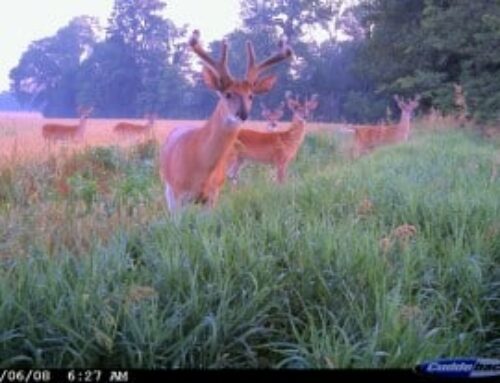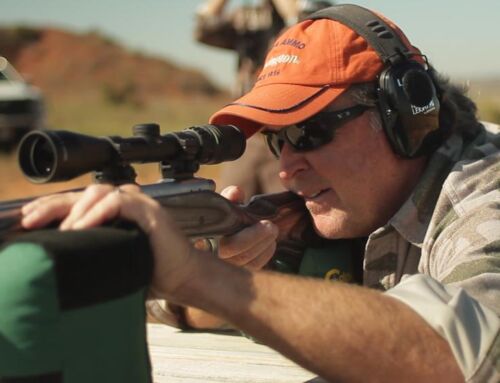 By now the rut is winding down in most areas, and there’s been pressure in the woods—people stomping around, riding ATVs, shooting guns… A bunch of bucks have been removed from the gene pool, and the survivors are spooky as stray cats. You’ve hunted all day without seeing a rack, right? Well, keep the faith and stay out there. More old deer than you think still cruise your woods into mid-December, hoping to hook up with one of the hot does of the season. You might score big yet.
By now the rut is winding down in most areas, and there’s been pressure in the woods—people stomping around, riding ATVs, shooting guns… A bunch of bucks have been removed from the gene pool, and the survivors are spooky as stray cats. You’ve hunted all day without seeing a rack, right? Well, keep the faith and stay out there. More old deer than you think still cruise your woods into mid-December, hoping to hook up with one of the hot does of the season. You might score big yet.
Hunt Midweek
One good thing about the post-rut is that 75 percent of the “rut hunters” who were in the woods two or three weeks are long gone. Some of them got their bucks; others have lost interest or had to go back to work. Whatever, there’s less competition. Hunt mid-week and you’ll have the woods to yourself most days, especially after Thanksgiving. Deer will move best on days when there’s less commotion.
Key on Rubs
Cruising bucks are tired and battered, but still running on testosterone and still rubbing, so keep hunting your best stands on ridges with heavy rubbing sign. Alternatively, if you notice a bunch of fresh rubs in a creek bottom or along a field edge one day, hang a new stand there and hunt it for a week. A cruiser is working the area and he might be back one day in shooting light.
Keep Rattling
Working toward his doctorate in wildlife biology at the University of Georgia years ago, top whitetail scientist Mick Hellickson conducted an intensive three-year study on the movements and behaviors of mature bucks. Part of that research project produced some groundbreaking research on antler rattling.
“If you are interested in rattling in big numbers of bucks the peak of the rut is far and away the best time,” says Hellickson. During those wild days, 65 bucks responded to 60 rattling sequences—a 108 percent response rate. “But the first weeks of the post-rut, when old bucks cruise for the last hot does, are prime for trophy hunting.” This is the phase when Hellickson and his team rattled up the most mature bucks. Of the 29 bucks that responded to their 51 post-rut rattling sequences, 10 were 5 ½ years plus, and another 10 were 3 ½ to 4 ½.
So don’t give up on your rattling too soon. Here are a couple of things to keep in mind. Rattling works best on a still, chilly to cold morning, when a buck can hear your horns almost a mile away. The best spot to set up is downwind of one of those scraped/rubbed/thick-cover ridges or bottoms we talked about earlier. Sit in a stand until 11:00 AM, and rattle and once or twice every hour; toss in some big grunts for effect. Again, it is apt to work best on a Wednesday or Thursday, when nobody else is in the woods.
Late Scent Trick
Everybody tries scents during the rut, but sometimes they work better the first two weeks of the post-rut. Think about it. During the peak, estrus does mist the woods everywhere. But later on, when there are only a few hotties left, the sweet scent of just one might bring a buck running. I lay a doe-in-heat trail into all my late-season stands, and then I hang wicks to float more lure in the woods.





